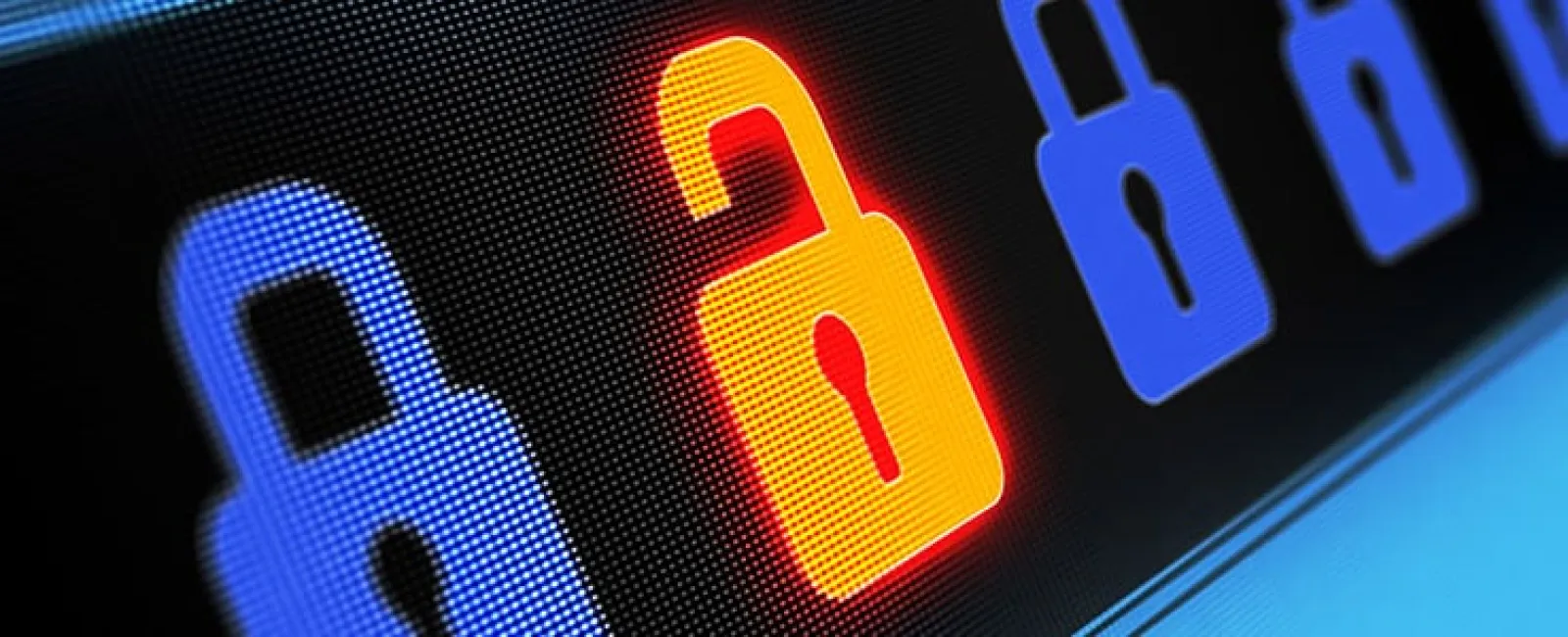Would you like to find out how you can properly optimize your WiFi network, and protect it from unwanted users or security threats?
Click the button to find out more about our Continuous THREAT CHECK
Get Your THREAT CHECKVideo Transcription
Aren't Wi-Fi networks irritating?
I'm sure you've heard all the complaints about slowness, disconnections, not being able to stream that 4k video while listening to Spotify, and syncing that huge file to the cloud.
And if you're the one supporting your wireless network, you've likely had to spend all day trying to track down why things are so slow, only to find out that one of your colleagues brought in their personal laptop again, this time it's infested with malware…
Time to change that Wi-Fi password!
But you can't keep Wi-Fighting what you can't control.
There's an easier way to solve these problems.
Making a few simple changes to your network, you can identify your Wi-Fi issues quickly and get back to life in the fast LAN.
Here are my top three recommendations for making your wireless network run FAST:
Number 1: Make sure you keep your guests on a separate network
Sharing guest traffic and employee traffic is a huge security risk.
Also, most wireless access point software allows you to limit the bandwidth used by your guests so you keep your employees running fast and smooth all the time.
Number 2: Make sure you have enough wireless access points to cover your square footage
Recommended best practices no more than 800 square feet for every wireless access point in use.
Also, make sure that those access points are mounted on or near the ceiling and are not being blocked by steel or aluminum beams which are common in office spaces.
Number 3: Leverage 5GHz frequency
If you have a recent iPhone, Android MacBook, or Windows laptop, it likely supports the five gigahertz frequency the older 2.4 gigahertz frequency is incredibly overloaded and in busy areas, the amount of interference can be considerable.
If your access point supports both 2.4 and five gigahertz give the SSID is the same name and your newer devices will automatically connect to the less congested five gigahertz network.
If you're curious about how to properly optimize your Wi-Fi network for users, guests, or other rogue elements you can't control or if you're concerned about other areas you might be missing in technology, get your Continuous THREAT CHECK and find out where you stand.




